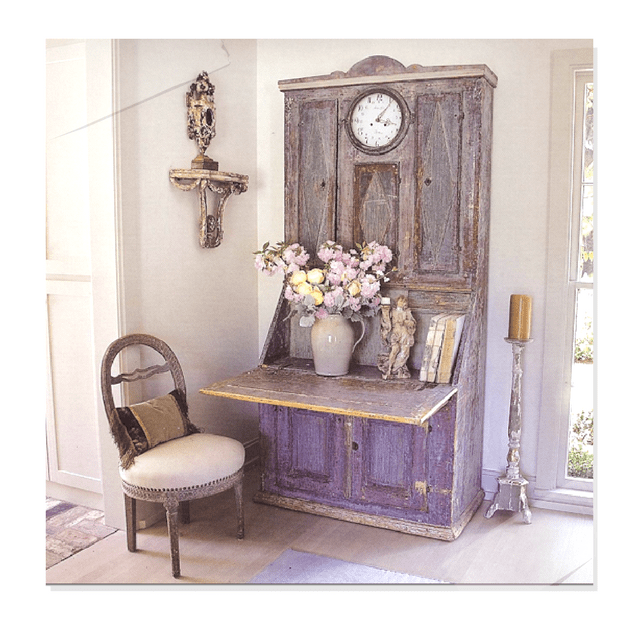Dawn Hill Antiques Swedish furniture is in a class of its own. From the exuberant decoration of the Rococo style with an abundance of curves and natural motifs that gave way in the late 1700s to the restrained Gustavian style, Swedish furniture appeals to many. Owing to its clean lines and simplicity, it mixes well […]


